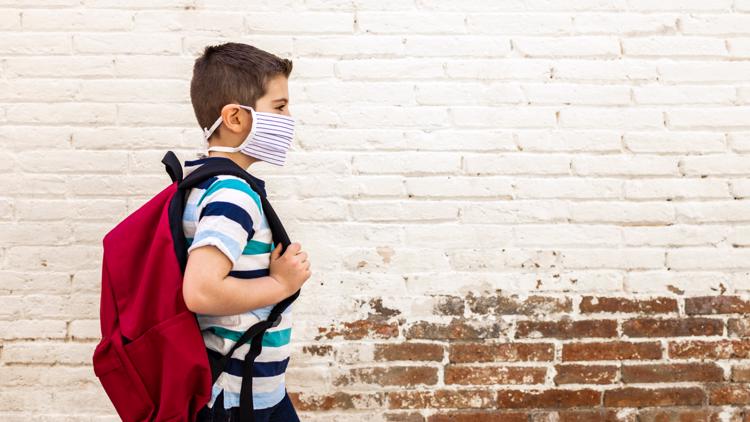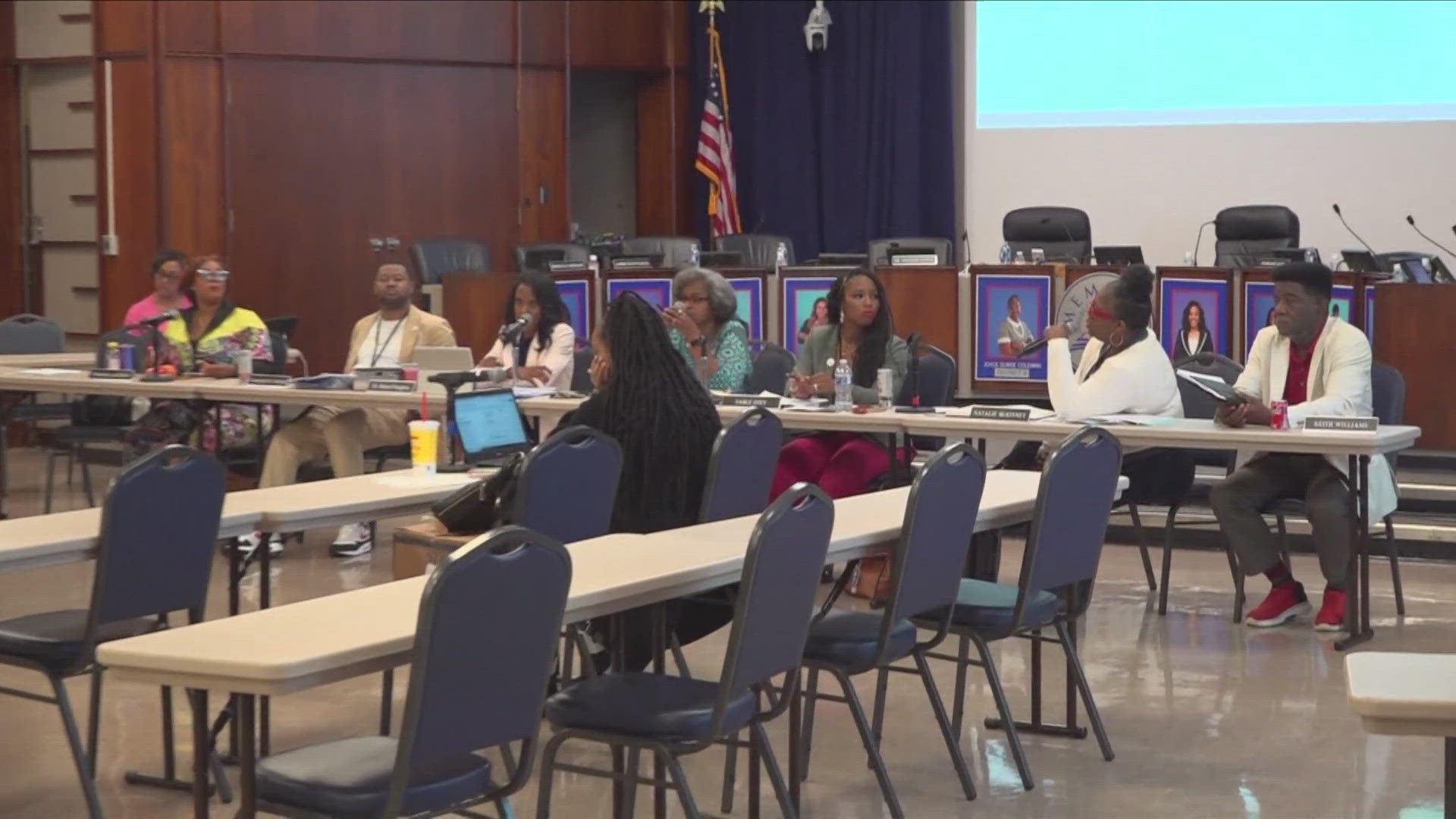MEMPHIS, Tenn. — The Centers for Disease Control (CDC) said that they are not planning on changing any of the guidelines for schools reopening that they issued despite criticism from President Trump that those guidelines are "tough" and "expensive".
The CDC issued these guidelines to help state and local lawmakers as well as local school districts determine the best measures to prevent Coronavirus infections when schools open back up this fall.
These guidelines are suggestions, not laws. It's the responsibility of lawmakers to decide which to follow and which to ignore and it's the responsibility of local school districts to implement, monitor, and enforce them.
Here's a brief look at some of the guidelines issued by the CDC:
Limiting interactions
According to the CDC "The more people a student or staff member interacts with, and the longer the interaction, the higher the risk of COVID-19 spread". With that in mind, the CDC suggests that:
- The lowest risk is to have all school activities, including classes, be online only
- Classes with small groups are less risky but students should stay with the same teacher for the whole school day and they should always stay 6 feet away from one another
- Full classrooms with students that are not spaced apart, are sharing supplies, and are changing classrooms is too risky
Changing behaviors
- Students and Staff should stay home when showing signs of sickness, especially symptoms associated with COVID-19
- Anyone who has had contact with someone else who has tested positive for COVID-19 should stay home
- Schools should teach and encourage students to wash their hands for at least 20 seconds and should monitor staff and students to make sure they are washing their hands regularly
- Everyone should cover coughs and sneezes with a tissue, throw the tissue away, and wash their hands
- If soap and water aren't available then they can use hand sanitizer with at least 60% alcohol
- Face coverings (masks) should be worn by everyone when feasible. They should not be worn by children younger than 2-years old, anyone who has trouble breathing, or anyone who is unable to remove their masks themselves
- Cleaning and hygiene supplies such as soap, hand sanitizer, paper towels, tissues, disinfectant wipes, cloth face coverings, and no-touch/foot-pedal trash cans should be provided by schools
Keeping the schools clean
- The schools should disinfect frequently touched surfaces such as playground structures, door handles, faucet handles, drinking fountains, and buses every day.
- They should limit the use of things that are frequently shared such as toys, games, sports equipment, and art supplies
- Cleaning products should be stored out of reach of children and should not be used near children
- Student's personal belongings should be stored separate from each other
- Whenever possible, the air in the building should be well circulated, including keeping windows and doors open during class
- They should encourage students and staff to bring their own water bottles to limit the use of shared water fountains
- All seats and desks should be placed at least 6 feet apart
- Desks should be turned so that they all face in the same direction or if students are using a shared table they should all be sitting on the same side
- On the bus, students should either be seated with one student per row or they should skip a row when possible
- Schools should install barriers like sneeze guards between students (including in bathrooms) when they can't be 6 feet apart
- Guides such as a taped floor or signs should be used to show students where they should stand to remain 6 feet apart
- Schools shouldn't use common areas like cafeterias and playgrounds unless they have to. If they have to, they should clean them after each use
- Students should bring their own meals if possible. If not, they should be served individual meals and not share food. They should also eat in their homerooms and not the cafeteria
- Limit the number of visitors that come to the school
- Group events such as field trips and pep rallies should take place virtually
- Be cautious when holding sporting events, including practices
- Students should arrive at school on a staggered schedule
- Try to conduct daily health checks of staff and students
Planning for when someone gets sick
- Schools should make it clear that staff and students should not come to school if they are sick or experiencing symptoms of COVID-19
- Staff and students that begin showing symptoms at school should immediately be separated in a designated area and sent home or to a doctor
- Areas that are used by a sick person need to be closed off and disinfected before using again but staff should wait at least 24 hours before going into the area again
- School administrators need to notify local health officials, staff, and families immediately when someone tests positive for COVID-19
- School administrators should also inform anyone with close contact with someone that tests positive for COVID-19 and advise them to stay home
Editor's note: This article originally stated that Shelby County Schools were scheduled to begin August 10th. This article has been edited to reflect the recently-announced delayed start date of August 31st.





